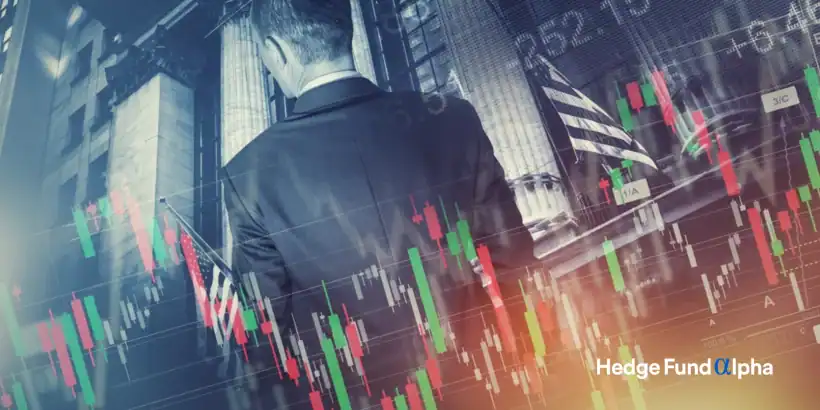The first in a series of market intelligence analyzing data from the GIIN’s Impact Investor Survey details impact investing trends, performance, allocations and challenges.
NEW YORK, September 30, 2024 — Today, the Global Impact Investing Network (GIIN) published its first report based on findings from the GIIN’s 2024 Impact Investor Survey. The report, titled State of the Market 2024: Trends, Performance and Allocations, investigates impact investors’ views on using AI to facilitate investments, digs into pivotal shifts that investors are making in the measurement and management of their impact results, and looks at growth rates by sector, among other topics. One of the key findings of the report is that investors are increasingly using more complex asset classes for their impact investments. Public debt, real assets and public equity have all grown over the past five years, at a compound annual growth rate (CAGR) of 32%, 27% and 19%, respectively.
“Since launching the GIIN in September of 2009, 15 years ago this month, impact investing has made great strides toward creating a world where financial markets play a key role in addressing global social and environmental challenges,” said Amit Bouri, co-founder and CEO of the GIIN. “This report demonstrates the progress of impact investing strategies and sustained, strong financial and impact performance.”
Key findings from State of the Market 2024: Trends, Performance and Allocations:
- Among investors who responded to the 2019 and 2024 impact investor surveys, impact AUM grew at a CAGR of 14%.
- Investors report that rising interest rates, inflation and climate change had the most significant effects on their impact strategies in 2023.
- Nearly three-quarters (74%) of investors report targeting market-rate returns.
- Majority (86%) of investors report satisfaction with financial performance and 90% report satisfaction with impact performance, outperforming or in-line with expectations.
- Comparing impact results to peers continues to be a challenge for investors.
- Forty percent of investors verify their impact measurement and management processes through a third party; 27% do the same for their impact results.
“This year, investors have made the impact investing industry ever more innovative through a focus on the increasing use of more sophisticated asset classes and their portfolio company stage of business,” said the GIIN’s Chief Research Officer Dean Hand. “Above all, we see that as the impact investing sector grows, it creates opportunities for impact investing organizations to grow larger. And, as larger investors adopt impact investing strategies, our capacity to drive positive change faster increases.”
This report will be followed by the forthcoming Size of the Market 2024 report, the GIIN’s biannual scoping of the total size of the impact investing market. The GIIN will also be publishing reports this year that are focused on gender investing and impact investing in Asia, respectively.
Read and download the report on the GIIN’s website at this link.
About the Global Impact Investing Network (GIIN):
The Global Impact Investing Network (GIIN) is the global champion of impact investing, dedicated to increasing the scale and effectiveness of impact investing around the world. Impact investments are investments made into companies, organizations, and funds with the intention to generate positive, measurable, social and environmental impact alongside a financial return. Impact investments can be made in both emerging and developed markets and target a range of returns from below market rate to above market rate, depending upon investors’ objectives. The GIIN builds critical infrastructure and supports activities, education, and research that help accelerate the development of a coherent impact investing industry. For more information, please visit www.thegiin.org.


